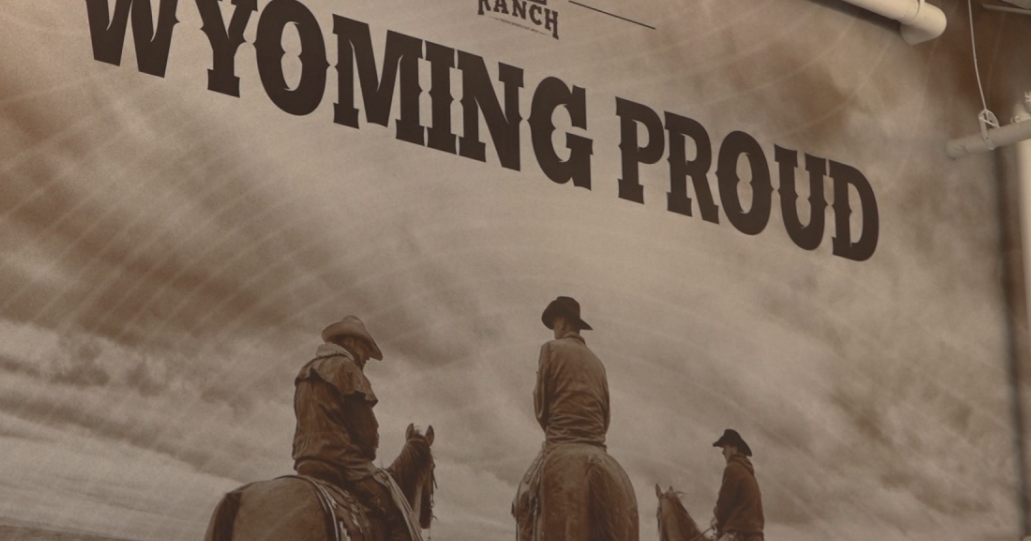At first glance, it doesn’t look like anything’s wrong.
The dugouts are full. Kids are signed up. Uniforms are clean, rosters are complete, and schedules are packed. But look closer — and you’ll see what’s really happening in youth baseball.
Where are the players?
Not just the bodies wearing jerseys. Not just the kids in the lineup. I’m talking about real players — kids who know the game, have developed their skills, and are confident between the lines. Those kids? There are fewer and fewer.
We’ve got full dugouts… but half the roster just started playing. Some are brand new to the sport. Others have barely touched a glove since the end of last season. And now, more and more are joining the game late — 15 or 16 years old, walking into a sport that usually takes a decade of reps just to be decent.
And it’s not their fault.
The truth is, we’ve stopped working with kids outside of organized team activities. We assume that two practices a week and a Saturday doubleheader is enough. It’s not. It never was. Not for baseball.
Especially not in a place like Montana, where we get four months of decent baseball weather, if we’re lucky. That means every rep matters — and when kids aren’t getting any outside of scheduled team events, it shows.
We’re watching talented kids stall out at 12 or 13 because they haven’t grown since they were 9. Meanwhile, others are starting at 16 — way behind in experience, mechanics, and understanding — and there’s no system in place to help them catch up.
And the result? Dugouts full of kids. But not enough ballplayers.
Used to be, kids got better between the whistles. Practice ended, and the real work began — hitting off a tee in the driveway, throwing balls against the garage, playing sandlot games just to stay sharp. Reps weren’t scheduled. They were wanted.
Now, if it’s not organized, it doesn’t happen.
And this isn’t just a baseball problem. This is across all sports. We’ve built a youth sports culture based on convenience and optics — show up, wear the gear, take the team photo, play the game — and hope for the best. But development doesn’t happen that way. Confidence doesn’t grow that way. And kids sure as hell don’t stick with a sport when they’re not getting better.
And the numbers prove it. National participation in youth sports has dropped from 58.4% in 2017 to 53.8% in 2022. By age 13, 70% of kids are done playing altogether. Why? It’s not fun anymore. It’s frustrating. It’s demoralizing when everyone around you seems to improve and you feel stuck in neutral.
We’re giving kids jerseys, but we’re not giving them the tools. We’re filling rosters, but not building players.
Steph Curry didn’t just lace up a pair of Under Armour shoes and become the NBA’s all-time three-point king. You know how he got there? Countless hours in empty gyms. Hundreds of thousands of shots taken — and missed. More missed than made. No fans. No lights. No social media clips. Just work.
It’s the part you don’t see. The grind behind the greatness. The obsession with improvement. The willingness to fail in private so you can succeed in public.
You think Kobe Bryant showed up to a game and became the Mamba? No — he earned that. In the dark. In the gym. At 4:00 a.m. when nobody else wanted to be there. That’s what it takes.
That’s what’s missing.
We’ve got to teach kids that showing up isn’t enough. You have to work. You have to grind. You have to fail — again and again — and keep going. That kind of mentality isn’t built in games. It’s built in the spaces no one sees.
We’re not short on kids. We’re short on reps. We’re short on people willing to stay late, to get extra swings in, to throw one more round of grounders just because a kid wants it. That’s how players are made.
So yeah, the dugouts are full. But if we don’t get back to helping kids develop between the games — if we don’t get back to the grind — we’re going to lose a whole generation of players. Not because they didn’t love the game.
But because the game didn’t love them back.











































 Stephen A. responds to LeBron’s NBA coverage criticism | First Take
Stephen A. responds to LeBron’s NBA coverage criticism | First Take























